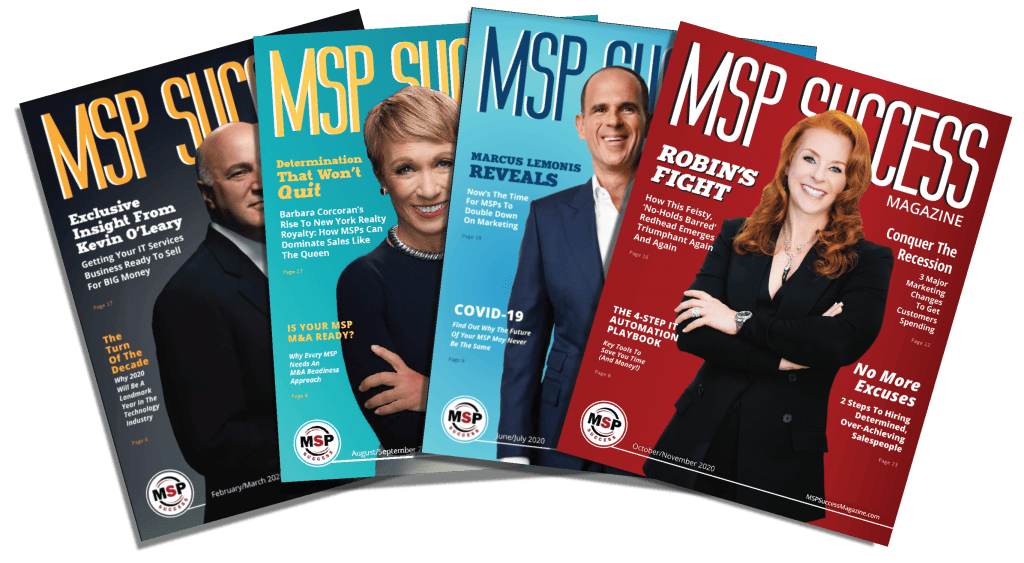By 2025, 90% of companies worldwide will use generative AI as a workforce partner, according to Gartner. However, most businesses don’t have a firm handle on how to apply artificial intelligence to their workflows, even as they start experimenting with it, say industry experts.
The interest is unquestionably there, driven by the popularity of tools such as ChatGPT and Jasper, says West McDonald, founder of GoWest.AI, which provides consulting services to MSPs looking to infuse generative AI into their workflows. But without proper supervision, experts caution, businesses run the risk of a generative AI version of “shadow IT.” The prospect of this occurring with a powerful tool whose power isn’t yet fully understood raises serious issues around management, governance, and security.
Indeed, a recent survey from Pluralsight, a technology workforce development company, finds that 80% of executives and 72% of IT practitioners agree that their organizations often invest in new technology without considering the necessary training for employees. Worse, a full 90% of surveyed executives admit that they don’t completely understand their teams’ AI skill level and proficiency.
As a result, there’s more than a good chance businesses will turn to MSPs for help, fueling opportunities to add customer offerings and training around generative AI.
The challenge? MSPs, too, need to figure out how to leverage AI in their own operations.
Skilling Up In-House
Like their customers, MSPs have to skill up their staffs to handle AI in meaningful, secure ways to benefit the business.
One resource is TD SYNNEX, which delivers training courses on AI fundamentals and uses through its Destination AI offering. Clay Davis, vice president of global data, AI, and IoT solutions at the distributor, says the curriculum covers technologies enabled by AI, including security, and how MSPs can optimize AI opportunities.
As of now, however, many MSPs are grappling with how AI can enhance their business and add value for customers.
“We are looking at what role AI can play in our own company,” says Wayne Hunter, CEO of AvTek Solutions, an MSP in Allen, Texas. Hunter is a firm believer in testing a technology internally before providing it to customers.
MSPs need to learn what AI tools are available, how to use them, and how to apply them to the specific needs of customers in their respective markets, Hunter says. A tool and its uses will differ depending on the vertical, be it financial services, banking, healthcare, etc.
AI changes the game because MSPs traditionally have focused on systems, Hunter says. Now they must deal with data management and the application layer and create value around those areas.
Bob Coppedge, CEO of Simplex-IT, an MSP based in Stow, Ohio, says his staff so far uses AI in limited ways, mostly as an enhancement. “We occasionally will use AI to tweak or to double-check some of our work. From a writing standpoint, I can ask it to move the needle in certain directions. You can also ask it to do things that will double-check my work on a technical basis. Or you can ask it to write a first pass at certain code.”
Evolving Perception
McDonald says the perception of AI has changed in the past year. No longer something to fear, generative AI is fueling imaginations on how to improve MSP workflows and customer offerings, he says.
Currently MSPs mostly are focusing on workflow improvement, although some want to use it to augment customer offerings. Part of McDonald’s role is to make sure “people aren’t caught up in the illusion” that AI can do everything.
He tries to set the right expectations for what AI can accomplish, and how much human involvement is still required. In one case, an MSP wanted to integrate AI into a proprietary sentiment analysis application. Once McDonald looked into it, it was obvious that integration would be too complex, so the provider decided to hold off. “It could be done, but it would a very expensive thing to do,” he says.
Coppedge views the excitement around AI with the eye of someone who has spent four decades in technology. IT, he says, has evolved from focusing primarily on the T side (technology)—the computers, memory, hard drive, speed, monitor size—to handling functions like payroll, accounts payable, and actuary tables.
Now the focus has shifted to the I side (information), as big data, cybersecurity, and AI have moved to the fore. “We are now in the information technology age, and I think we’re just starting to see what that means,” he says.
Oversight And Governance Needed
As MSPs and customers experiment with AI, the question is: Who’s in charge of these experiments? “There is very little to no oversight in most organizations since the employees are mainly using free tools like ChatGPT, Bard, and Bing,” says Davis.
As businesses test AI waters by dipping their toes or jumping right into the deep end, oversight is mostly lacking, agrees Stephanie Everett, CEO of Lawyerist, a consultancy that provides business coaching and technology advice to law firms. “Business owners are left on their own to figure everything out, and everyone seems to be scrambling a bit,” she says.
This is especially concerning when businesses handle confidential client data. “Companies need to understand how the tool may be using information you provide to it,” Everett says. “If the company doesn’t understand what the tool is capable of doing or what information it is using to provide an answer, it could wrongly rely on the AI tool to its detriment.”
There is a role for MSPs to help clients oversee AI activities. They can offer training services on use and governance.
“MSPs can differentiate themselves by providing expertise in this area. Users are often looking for agnostic training in this space,” says Davis.
Everett believes clients will welcome AI training and pay for it, but providing training can be tricky. “The tools are changing so quickly that it can be hard to keep up.” Lawyerist, she says, has developed a basic AI training service that goes over questions clients need to ask before using AI and shows them prompts to get started.
Once users get trained on AI, companies will benefit from a decreased need for technical knowledge or writing code, McDonald points out. “If you upload an Excel or CSV or any kind of file form you can think of, like a Word document or PDF, the technology is already smart enough to understand how to read it and how to table it to be able to use it.”
By taking the right steps upfront, MSPs, and by extension their clients, will reap the benefits.














